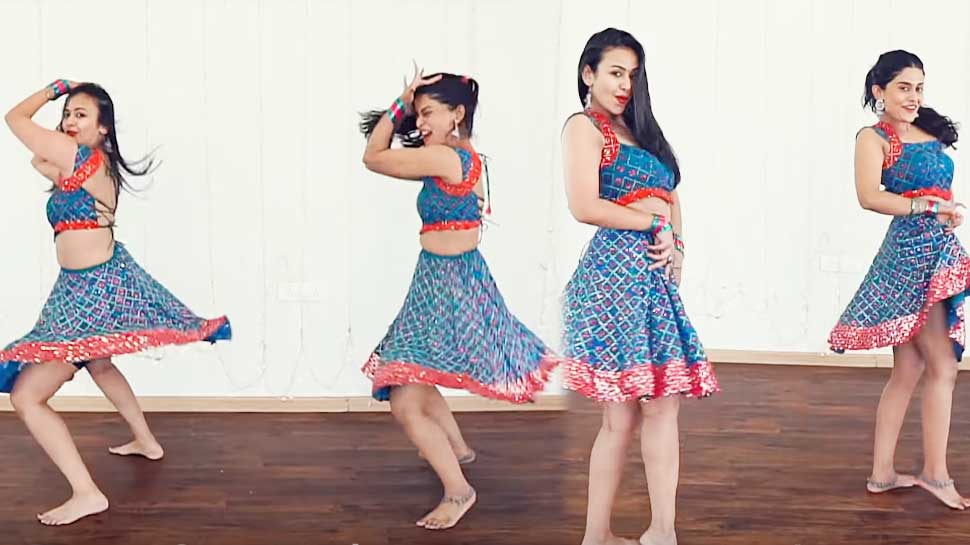

One of the most prominent examples is perhaps of the legendary Vyjayanthimala. The success of a Bollywood performer, especially of a heroine, is always intertwined with her dancing prowess. The story was secondary to this dance opus.Īesthetically it was not a very satisfying film as Shantaram used loud colours, heavy ornate sets, elaborate costumes and jewellery to attract the masses but they either did not care for it or did not know much about classical dance styles. Shantaram’s Jhanak Jhanak Payal Baje with dance as the sole subject of a film targeted exclusively at the box office. Though the body movements of dancers were slightly restricted, it still remains a benchmark for choreography, performance and innovative shooting style around dance.

The musical piece had echoes of Arabian music with drums predominating the sound track. Known as the ‘drum dance’, it used a huge number of drums making up a dance platform. It featured one of the most spectacularly shot dance numbers in the history of Indian cinema. Vasan’s Chandralekha (1948).Ĭhandralekha, originally made in Tamil, was released worldwide with 609 prints and was a widely viewed Hindi version too. The film is said to have had inspired the S. Later Shankar did establish a dance academy in almora. Kalpana was the germinating ground for the presentation and perpetuation of Uday Shankar’s distinctive style of dancing known as Oriental Dance. It had a slender storyline presented in a ballet format with some fantasy sequences about a dancer’s dream of setting up an academy of dance. Uday Shankar’s Kalpana (1948) was the first ever musical film in Indian cinema, written and directed by the dance maestro.

Indian cinema cannot be imagined without a song-dance number, period. “Dance in Hindi film demonstrates a strong lineage from earlier performative forms of India, primarily the Parsi theatre, the classical and folk forms of performances, Hollywood musicals, and the western stage that incorporated song, music, theatre and dance.” But slowly, dance evolved into a cultural statement, taking on an important character and sometimes, as a strategic move to create a turning point in the story, or even, to emphasize a quality in a given character.įulbright Fellow and academician Anugyan Nag whose fellowship was on Dance in Bombay Cinema: Dance films, Dancing bodies, Choreography and Choreographers writes: “Early Indian cinema showcased gestural and facial expressive movements and gradually evolved into a very sophisticated form with the introduction of the playback technology and the advancement of formal aesthetics of filmmaking. The song and dance numbers began as fillers in cinema for an added boost to the entertainment quotient of the film.

She brought respect to the vocation of choreography in cinema and turned dance into a cultural statement, says Shoma A. The demise of choreographer Saroj Khan in early July sets the ground for a look-back at the evolution of dance in Indian cinema in general and Bollywood in particular.


 0 kommentar(er)
0 kommentar(er)
